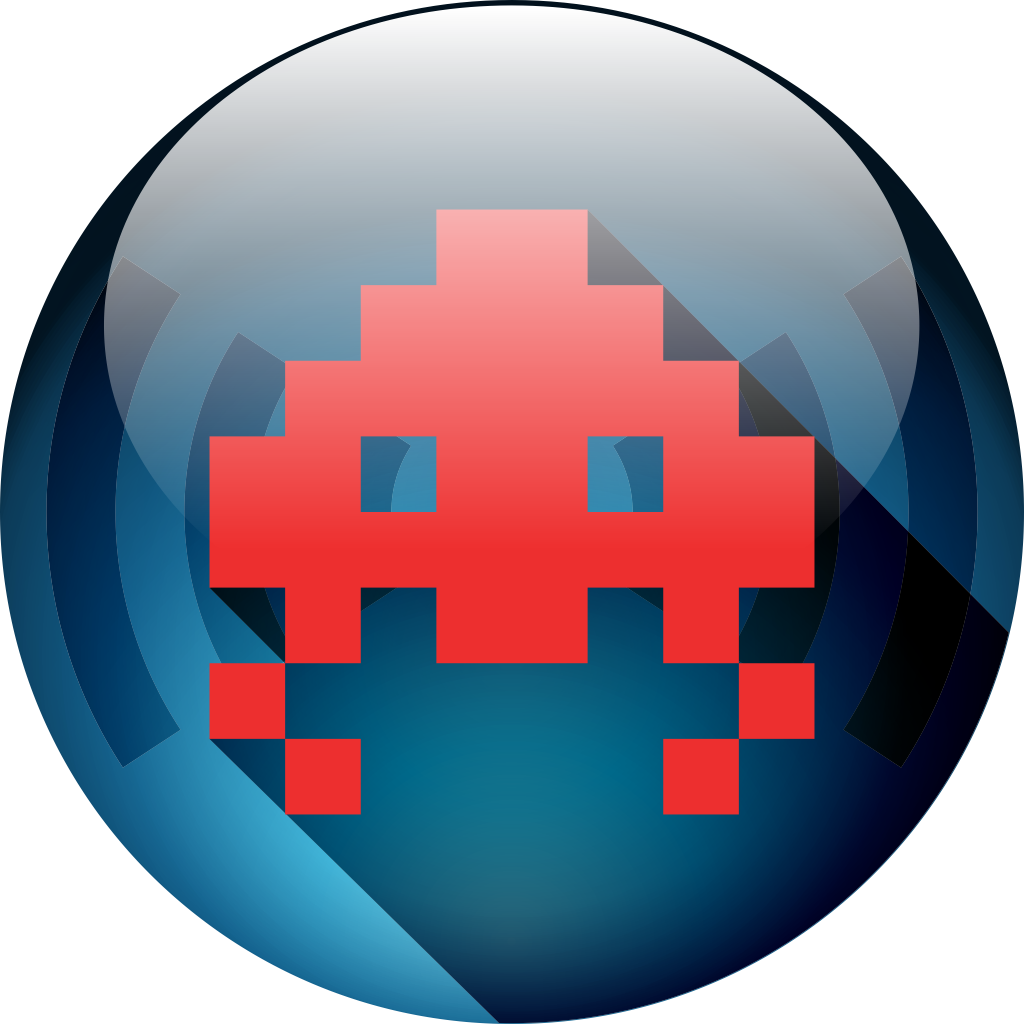

Protecting you from the video nasties…
Back in the 1970’s a ‘neat little self-replicating automata’ was released on the ARPANET (the predecessor of today’s internet) that was called “the creeper“. Not a virus in the way we think of them today, it was more of a test of code and concept, the only ‘payload’ was a line of code reading “I’m the creeper: catch me if you can”. In the following years, code would be written that became the basis of several types of virus; Worms, Trojan, Boot Sector and Malware.
The early viruses were intended to test concepts or as jokes and went out of their way to protect users data. In the late 1980’s that changed, IBM wrote a program to detect the first encrypted virus and clean an infected system, but didn’t release that to the public until a second version of the virus began to spread on the BBS systems of the day. And so began the battle between the virus writers and the anti-virus writers.
Evolving The Virus Business

Jump to today and we have many different types of computer virus and many many different viruses in each type. Viruses have become big business for criminals, with nearly all viruses designed to generate income for the coder or their superiors. The latest ransomware viruses can generate large payouts by infecting many smaller users, this is a better business model than infecting a smaller number of large companies and helps keep the virus out of the media and so out of public attention.
It’s not just Windows

Microsoft Windows was the most popular operating system in the 1990’s and as a result it became the biggest target for virus writers. This spawned the urban myth that only Windows based computers could get viruses, but that’s not the case.
The first ‘wild’ virus to spread was purely an Apple-based virus. Apple and Linux based computers have seen a recent rise in the number of viruses intended to infect them. The same goes for mobile phones and devices, Android, Apple’s iPhone and even the old Nokia phones and Windows Mobile are all susceptible to virus infection.
The rise of IoT devices, like smart TV’s, fridges, thermostats and so on have not gone unnoticed. Several recent ‘botnets’ have been shown to be comprised of a large number of infected smart home devices. Hackers have exploited the often poor security on smart devices, and the fact that many don’t get post-sales software updates to take control of them. Often the hackers are after the processing power for attacking other networks or running malware that won’t immediately be noticed by the device owner, though there have been instances of devices being specifically targeted to spy on users, making use of cameras and listening devices.
What should you do?
As an individual you may think that you’re too small to have to worry about antivirus, wrong. It’s a lot easier for virus writer to target a large number of small unprotected users than it is for them to target fewer, better protected companies.
Home users need to consider all the devices on their home network, from computers to smart devices like lights and speakers. These devices are all potential targets. It’s sensible to protect your home network at the point of entry (your broadband) and then further protect devices that can go outside your home network (smartphones, tablets etc) as well as devices that hold particularly valuable information, such as banking information, passwords for any internet accounts, and your photos.
As a company, you should be using a multi-layered security plan with a reputable antivirus application as a part of that plan. You should never use just a single product or technology, as no one product can guarantee 100% virus detection.
A company should look at perimeter and internal security, preventing hackers getting in from the internet and stopping any devices that become infected away from your network bypassing that security.
Data security is essential, both backing up and encrypting the information. Under data security laws you are required to protect any information that could identify an individual (a customer, employee or supplier for example)

#WeCanHelp
We can design and implement a security solution that suits you or your businesses needs. We can help protect all your IT assets regardless of where they are and how they are used. We can assess your existing data security and give you a report identifying good and bad practices.